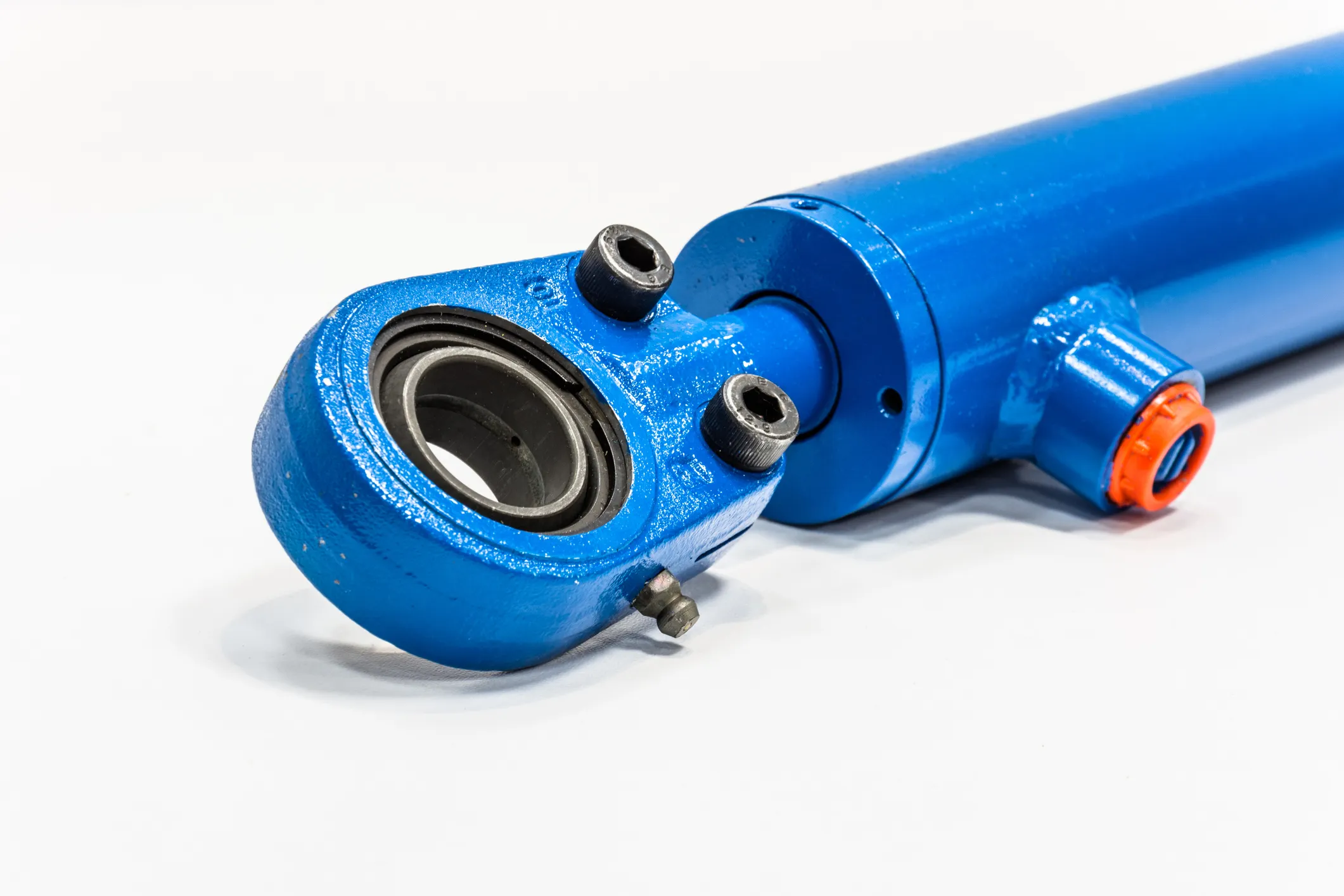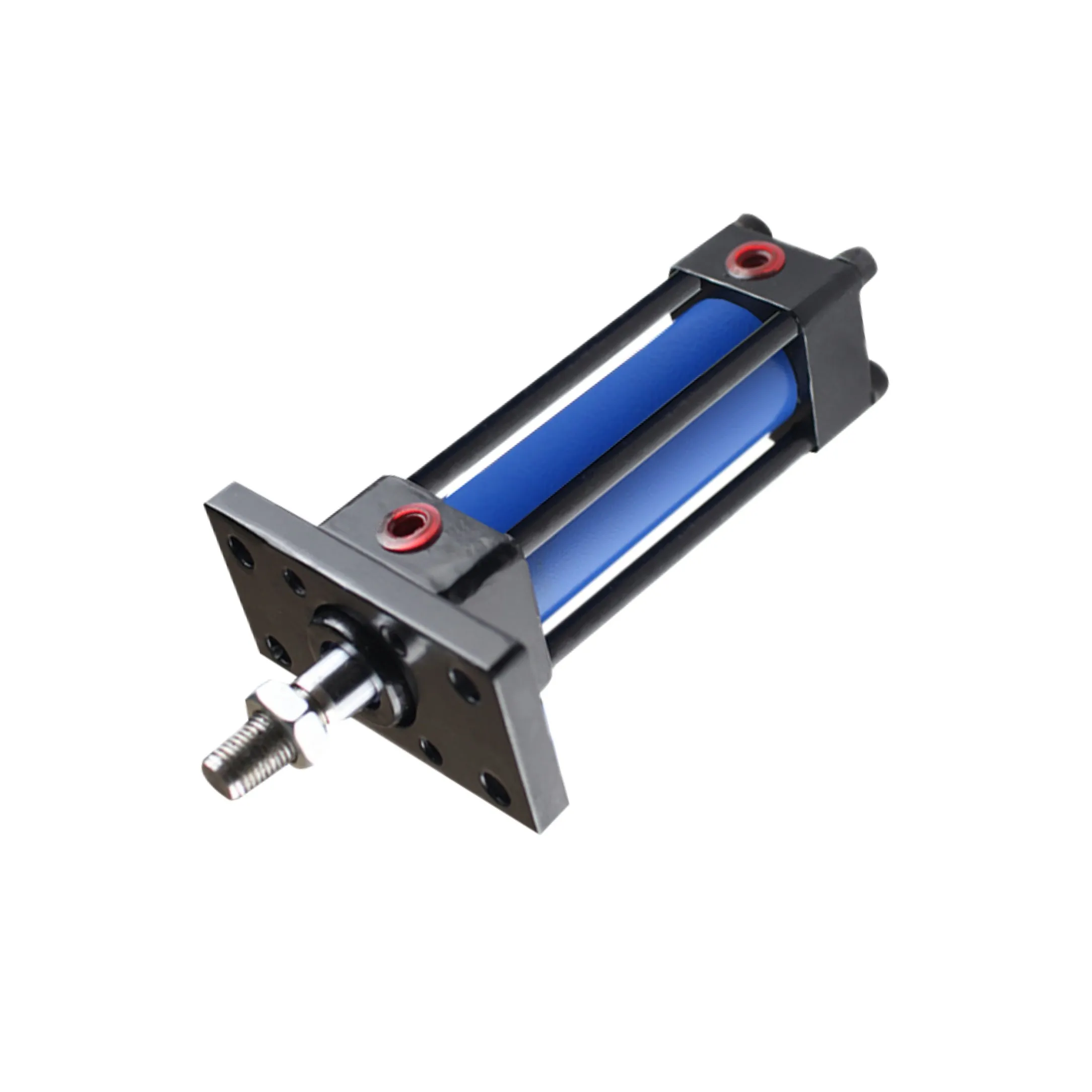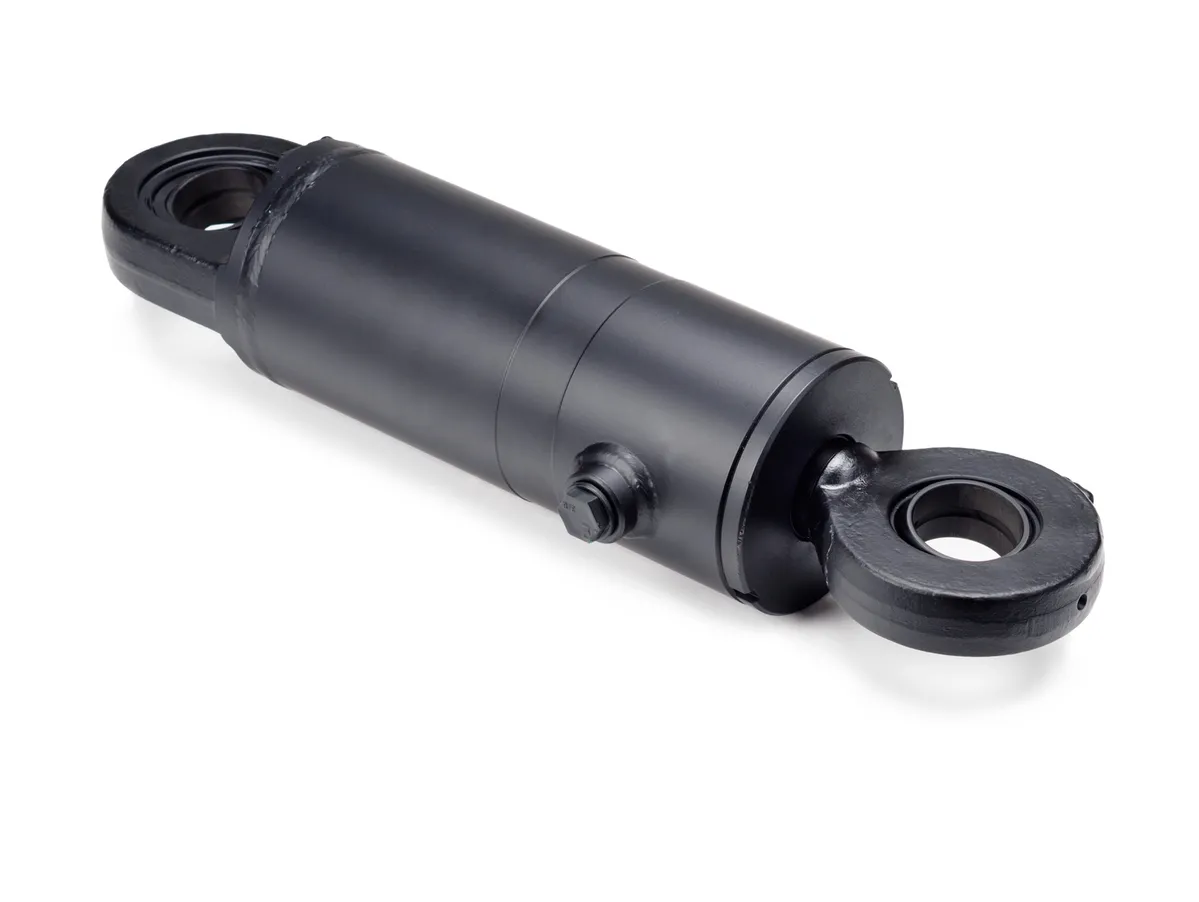Introduction to Magnetic Welded Hydraulic Cylinders
When it comes to precision tasks in hydraulic systems, magnetic welded hydraulic cylinders play a crucial role. These cylinders are designed with advanced features that enhance their performance and reliability in various applications.
Design and Construction Characteristics
- Integration of Easy Magnetic Sensor: Magnetic welded hydraulic cylinders come with built-in magnetic sensors that enable contact-free position detection, improving accuracy and reaction speed.
- Welded Structure: The use of advanced welding techniques increases the strength and durability of the cylinder, making it suitable for high-pressure and harsh environments.
- Compact Design: Thanks to magnetic sensors, these cylinders can be designed more compactly, saving space and making them ideal for confined areas.
- Sealing Performance: The design incorporates excellent sealing materials to prevent leaks and enhance the reliability and safety of the cylinder.

Construction Characteristics
- Precision Machining: Each component of the cylinder undergoes precision machining to ensure accuracy and proper sealing during assembly.
- Welded Process: Advanced welding technology is employed to create strong and durable joints that can withstand high pressures.
- Testing and Verification: Rigorous performance tests, including pressure testing and position accuracy verification, are conducted to ensure optimal functionality.
- Customization: The design and construction can be customized based on specific customer requirements for tailored applications.
Working Principle
The working principle of magnetic welded hydraulic cylinders involves the transfer of force through liquid, piston movement, workload management, sealing systems, and pressure release mechanisms. These components work together to ensure smooth and efficient operation of the cylinder.
Types and Configurations
There are three main types of magnetic welded hydraulic cylinders, each with unique configurations designed for specific applications. These cylinders offer versatility and performance in a variety of settings.
Advantages
- Precise Positioning: Magnetic induction technology enhances accuracy and reduces wear in applications.
- Reduced Wear: Non-contact sensing helps minimize component wear and extends the lifespan of the cylinder.
- Compact Design: Space-saving design compared to traditional cylinders, ideal for limited-space applications.

Performance Characteristics
- Magnetic Position Sensing: Magnetic sensors detect piston position without direct contact, improving efficiency.
- Welded Construction: Enhanced durability and strength due to welded design, ensuring reliable performance.
- Sealing Techniques: Seals prevent leakage and contamination, maintaining the integrity of the cylinder.
Industries Where Magnetic Welded Hydraulic Cylinders Are Widely Used
- Industrial Automation: Essential for robotic systems and assembly lines.
- Material Handling: Applications in forklifts and conveyor systems for efficient movement.
- Construction Equipment: Provides precise motion control for heavy machinery in various construction projects.
Design Considerations and Selection Criteria
- Bearing Capacity: Understanding the load-bearing capabilities of the cylinder for optimal performance.
- Durability: Ensuring the cylinder can withstand harsh conditions and continuous use without failure.
- Safety: Implementing safety features to protect both the equipment and operators during operation.

Sealing and Lubrication
Proper sealing and lubrication are essential for the performance and longevity of magnetic welded hydraulic cylinders. Utilizing high-quality seals and lubricants, along with regular maintenance, can prevent leaks and ensure smooth operation.
Regular Inspection and Preventive Maintenance
- Regular Inspection: Checking for wear, leaks, and other issues to address them promptly.
- Proper Lubrication: Applying the right amount of hydraulic oil to reduce friction and wear.
- Seal Replacement: Replacing worn seals to maintain the integrity of the cylinder.
Installation Guide
Follow the manufacturer’s guidelines for proper installation of magnetic welded hydraulic cylinders, ensuring all components are securely in place and aligned correctly for optimal performance.
Maintenance Tasks
- Regular Inspection: Periodically check for leaks, wear, and proper functioning of the cylinder.
- Proper Lubrication: Keep the cylinder well-lubricated to reduce friction and wear on moving parts.
- Seal Replacement: Replace worn seals to prevent leaks and maintain sealing integrity.
Safety Considerations and Environmental Factors
Implementing safety measures and considering environmental factors when using magnetic welded hydraulic cylinders are crucial to prevent accidents and protect the surrounding environment from potential harm.
Fault Diagnosis and Common Problems
Understanding common issues and diagnosing faults in magnetic welded hydraulic cylinders can help in troubleshooting and resolving problems efficiently. By identifying problems early, you can prevent costly downtime and ensure optimal performance.
Questions and Answers
1. How do magnetic sensors work in these cylinders?
2. What are the main advantages of using magnetic welded hydraulic cylinders?
3. In which industries are these cylinders commonly used?
Long Tail Keywords
1. Precision Magnetic Welded Hydraulic Cylinder: Designed for accurate and efficient performance in precision tasks.
2. High-Quality Magnetic Welded Cylinder: Ensures durability and reliability in various applications.
3. Advanced Magnetic Welded Hydraulic System: Incorporates innovative technology for enhanced functionality.
Our Company
We are a leading hydraulic cylinder replacement manufacturer, offering a comprehensive product line for various industrial applications. With a strong presence in both domestic and international markets, we provide high-quality products and customized services to meet the diverse needs of our customers.

